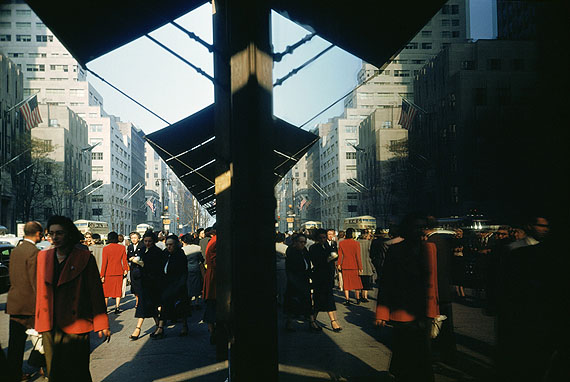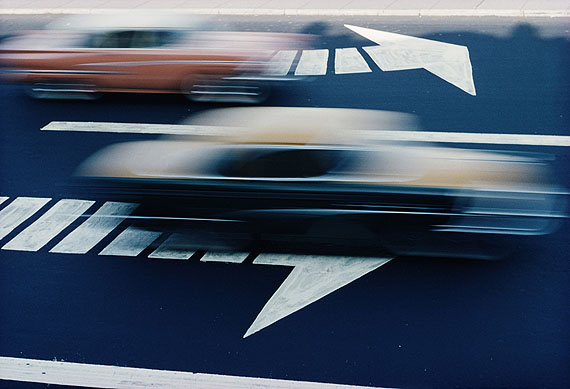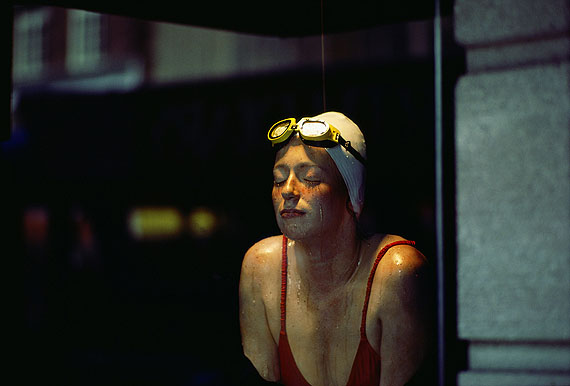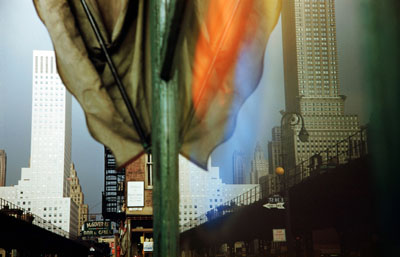
Ernst Haas »
Color Correction
Exhibition: 14 Sep – 22 Oct 2011

Atlas Gallery
49 Dorset Street
W1U 7NF London
+44 (0)20-72244192
info@atlasgallery.com
www.atlasgallery.com
Mon-Fri 10-18 . Sat 11-17
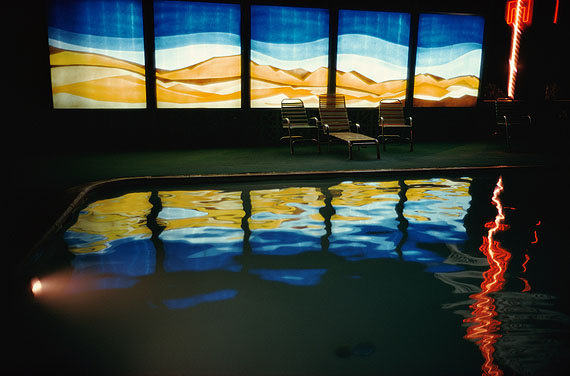
ERNST HAAS - COLOR CORRECTION
14 SEPTEMBER – 22 OCTOBER 2011
Atlas Gallery is proud to present an exhibition of the celebrated, late Austrian photographer Ernst Haas (1921 – 1986), to coincide with the long awaited Steidl publication ‘Color Correction’. The exhibition will include many unseen works alongside rare, vintage dye-transfer prints from the 1950s and ‘60s. Theses photographs reveal a side of Haas’ work that was almost entirely hidden from view during his lifetime. In the introduction to the book, William Ewing who searched through over 200,000 of Haas’ pictures held in the Getty Archive in London, describes these works as ‘...far more edgy, loose, enigmatic, and ambiguous than his celebrated work. Most of these pictures he never even printed, let alone published, probably assuming that they were too difficult to be understood. These images are of great sophistication, and rival (and sometimes surpass) the best of his colleagues’. The beautifully rich and surprising photographs to be unveiled at Atlas expressively reveal Haas’ exploration and experimentation with the uses and meaning of colour and the abstract in photography.
In 1949, Haas was the first to be recruited by Robert Capa to the newly founded Magnum agency, at the same time turning down a position as a Life staff photographer. In both reportage and documentary work he pursued a photographic equivalent of gestural drawing and painting, by experimenting with various photographic effects, such as softness of focus, selective depth of field, and overexposure, and different subjects: objects, silhouettes and shadows, store fronts or torn posters peeling off buildings. He radically changed the context in which we see these objects, turning the streets in to an art gallery. He introduced hues and tones never before seen in printed colour; and thus began a life-long odyssey of exploration and investigation into the uses and meaning of colour in photography. Haas was the first photographer ever to be given a one-man show devoted to colour photography at the Museum of Modern Art in 1962. For a public not used to colour photography exhibitions, these photographs were a revelation. Edward Steichen (Director of Photographs at MOMA, 1947 - 1961) wrote: “In my estimation we have experienced an epoch in photography. Here is a free spirit, untrammelled by tradition and theory, who has gone out and found beauty unparalleled in photography”.
Haas developed a radical new way of taking pictures, often shooting inches away from the subject at acute and unexpected angles. He photographed against the light and with shallow depth of field, and often all but small sections are wholly out of focus. Although shot in countries as diverse as America, Norway, Mexico, France and Japan, due to the way he photographed, it is often impossible to tell where he made a given photograph based on appearance alone. Mirrors and other shiny surfaces, from raindrops and puddles to glossy signs, pipes and car fenders, were favourite subjects. He also photographed through transparent objects such as windows, bottles, and glass, creating superimposed layers of imagery. As a result, it can be hard to understand where solid objects end and reflections begin.
By the late fifties, Haas had grown tired of making pictures of the world and even of making images about it; instead, he became desirous of making images that were simply drawn from it. He wrote in 1961: “Bored with obvious reality, I find my fascination in transforming it into a subjective point of view. Without touching my subject I want to come to the moment when, through pure concentration of seeing, the composed picture becomes more made than taken. Without a descriptive caption to justify its existence, it will speak for itself – less descriptive, more creative; less informative, more suggestive – less prose, more poetry.” (Ernst Haas from ‘About Color Photography’, in DU, 1961, via Color Correction).
Ernst Haas, ‘Color Correction’ is published by Steidl, 2011. ISBN 978-3-86930-136-5
